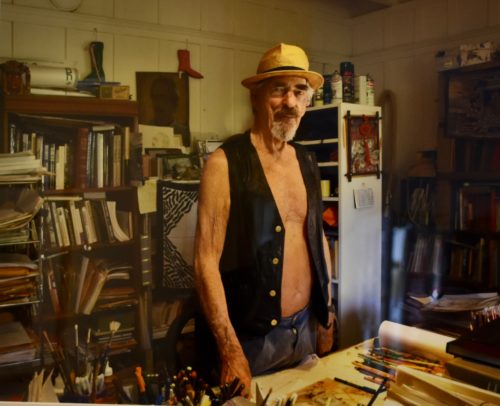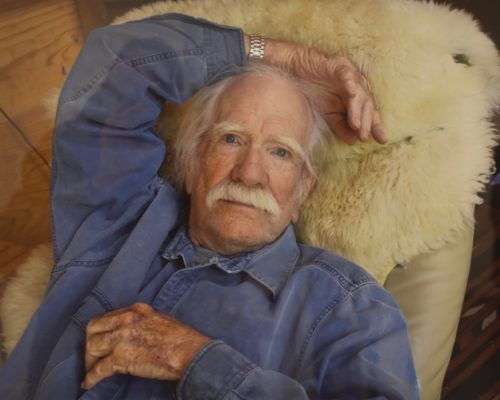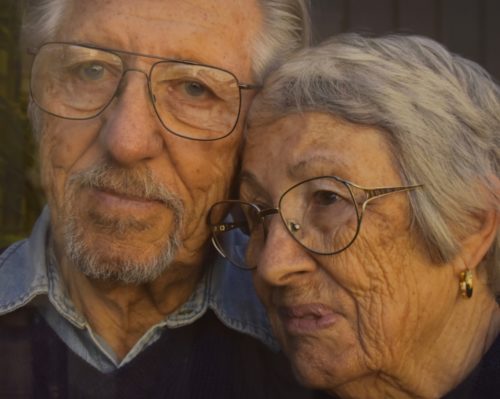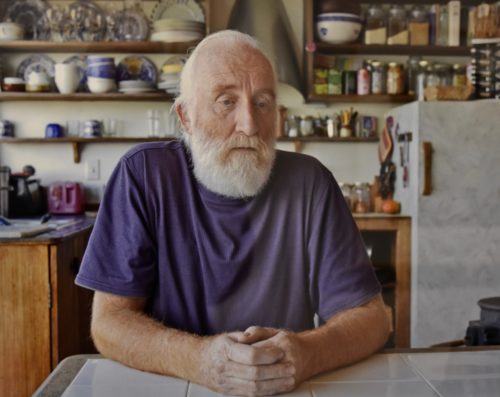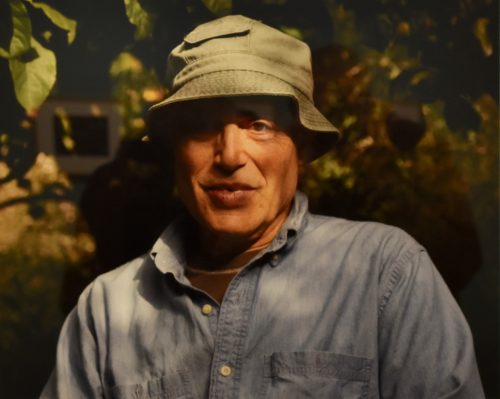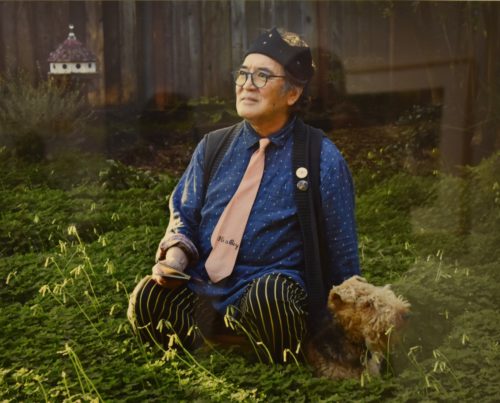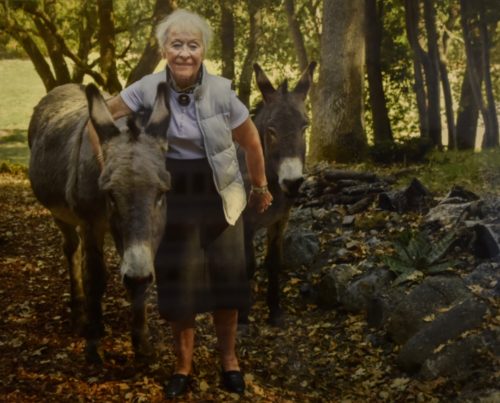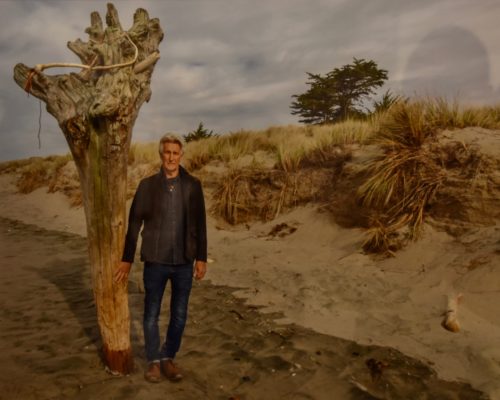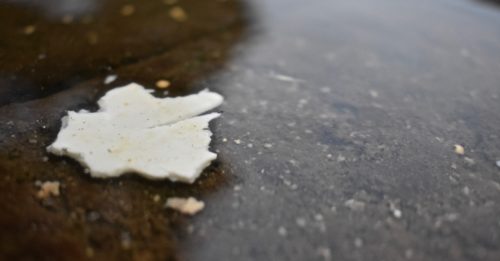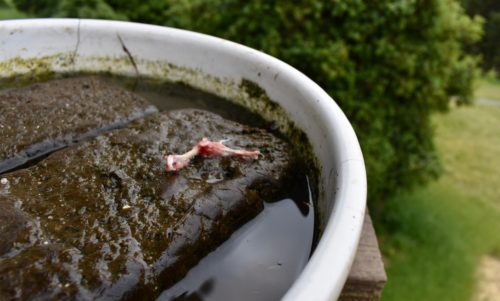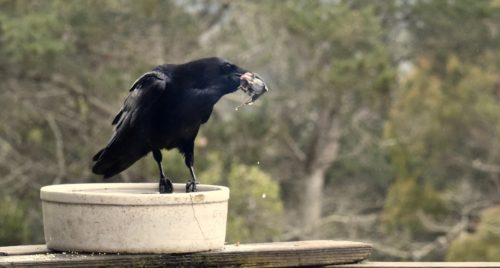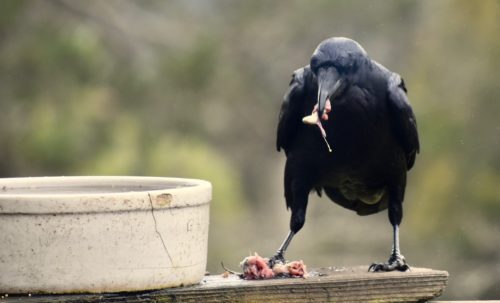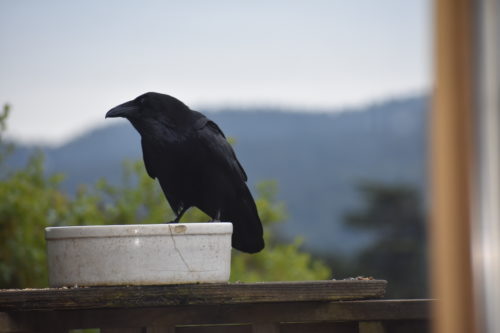Tue 28 May 2019
A homeless man in Point Reyes Station has a suggestion for county government
Posted by DavidMitchell under Marin County, Point Reyes Station, The arts
[6] Comments
Caveat lectorem: When readers submit comments, they are asked if they want to receive an email alert with a link to new postings on this blog. A number of people have said they do. Thank you. The link is created the moment a posting goes online. Readers who find their way here through that link can see an updated version by simply clicking on the headline above the posting.
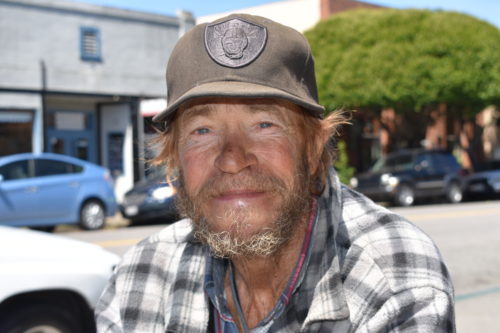
William R. Hobbs, a homeless resident of Point Reyes Station.
Over the past few months I’ve gotten to know a homeless man, Billy Hobbs, 61, who hangs out in downtown Point Reyes Station, often at a table in front of the community peace garden or a table outside Toby’s Coffee Bar. He also frequents benches outside the postoffice, the Palace Market, Cabaline, and the yellow hut at the commons. He sleeps outside at night except when it’s raining. Then he sleeps in the post office. (And, no, he’s not the much-publicized drunk who could not control his bladder and bowels while passed out in there.)
Billy has been homeless for almost five years. He held many jobs in his younger days, in construction, painting, and agriculture among others; now he hopes to find parttime work around town.
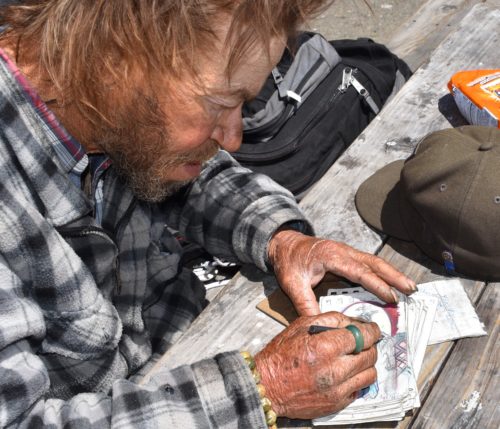
Billy these days is primarily an artist, and he often spends his days sketching.

A drawing, which Billy is still finishing, of Jesus on the cross.
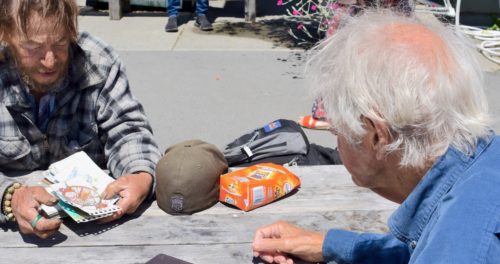
Here Billy shows one of his sketches to another artist, Igor Sazevich of Inverness.

Billy’s sketch of a Buddhist deity.
Billy grew up in Marin County, the son of a well-known attorney, Kendall E. Hobbs. As an adult, he spent several years living in Montana and lived for a brief spell in Mexico. At present, he is hoping to convince county government to provide parttime work for homeless people in Marin County.
Here is a letter he wrote this week to Supervisor Dennis Rodoni:
Dear Supervisor Rodoni,
A Point Reyes Station friend a couple of weeks ago encouraged me to write you concerning this particularly thorny issue. I am not professing to be an expert on any of these issues, but I have been involved with them.
I grew up in Marin but have been homeless in the county for close to five years now, and I think I have met enough of the homeless people living here in Marin to have a pretty good idea as to what they need and want things that would make life easier for all of us.
Myth v. Fact. Homeless people are all drug addicts or alcoholics, or just plain crazy, or too lazy to work. Wrong! There are many different ways to become homeless. Nobody that I have met or talked to wants or chooses to be homeless.
Some just no longer want to be part of a society that can barely recognize their existence. Some are just not willing to admit their problems. Some just don’t know how to ask for help.
Some things that we could come to an agreement on: Do homeless people exist in Marin? Of course, they do. To make things more understandable, here are some steps we can all take. Pay them, like they do in Half Moon Bay, $15 an hour for a part-time garden-growing project, recycling, or cleaning streets.
We just need to give them a chance to feel like they’re part of our community, as well as get more government help. Housing, where is it? Can homeless people get it through the state or federal government? The county needs an aide I can write to inquire about getting on a list.
I know that if we were given the chance, many of us would certainly work in order to get housing or make some money. I previously worked and provided money to my family. Please give us the chance to prove it! Throw us a lifeline, please.
Sincerely, William R. Hobbs, Point Reyes Station, CA 94956
Or leave a message at the Food Bank in West Marin. Thank you very much.
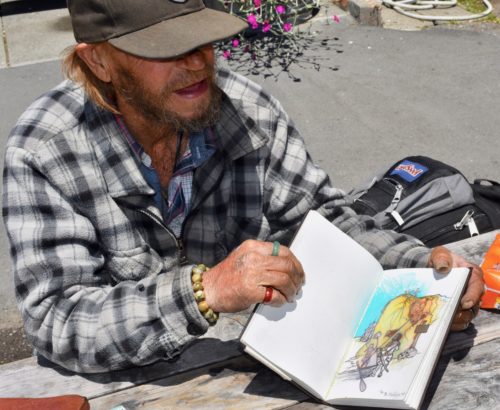
Billy holds up his drawing of Sir Francis Drake landing in Drakes Bay, where the privateer spent 36 days in 1579.
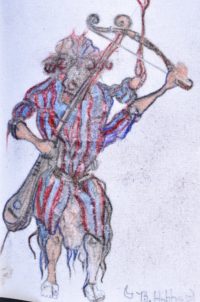
A science fiction fantasy, which Billy calls “Space Jam,” features an other-worldly musician.
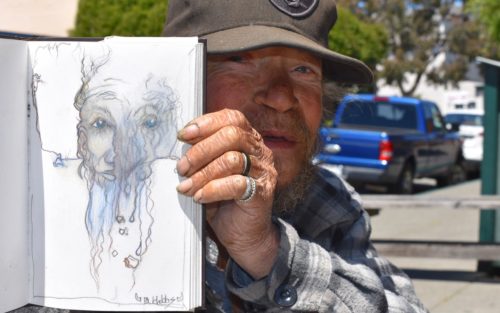
Billy’s sketch of himself.
In his letter to Supervisor Rodoni, Billy points out that not all homeless people are “drug addicts or alcoholics, or just plain crazy, or too lazy to work.” Having gotten to know him, I don’t dispute this fact.







